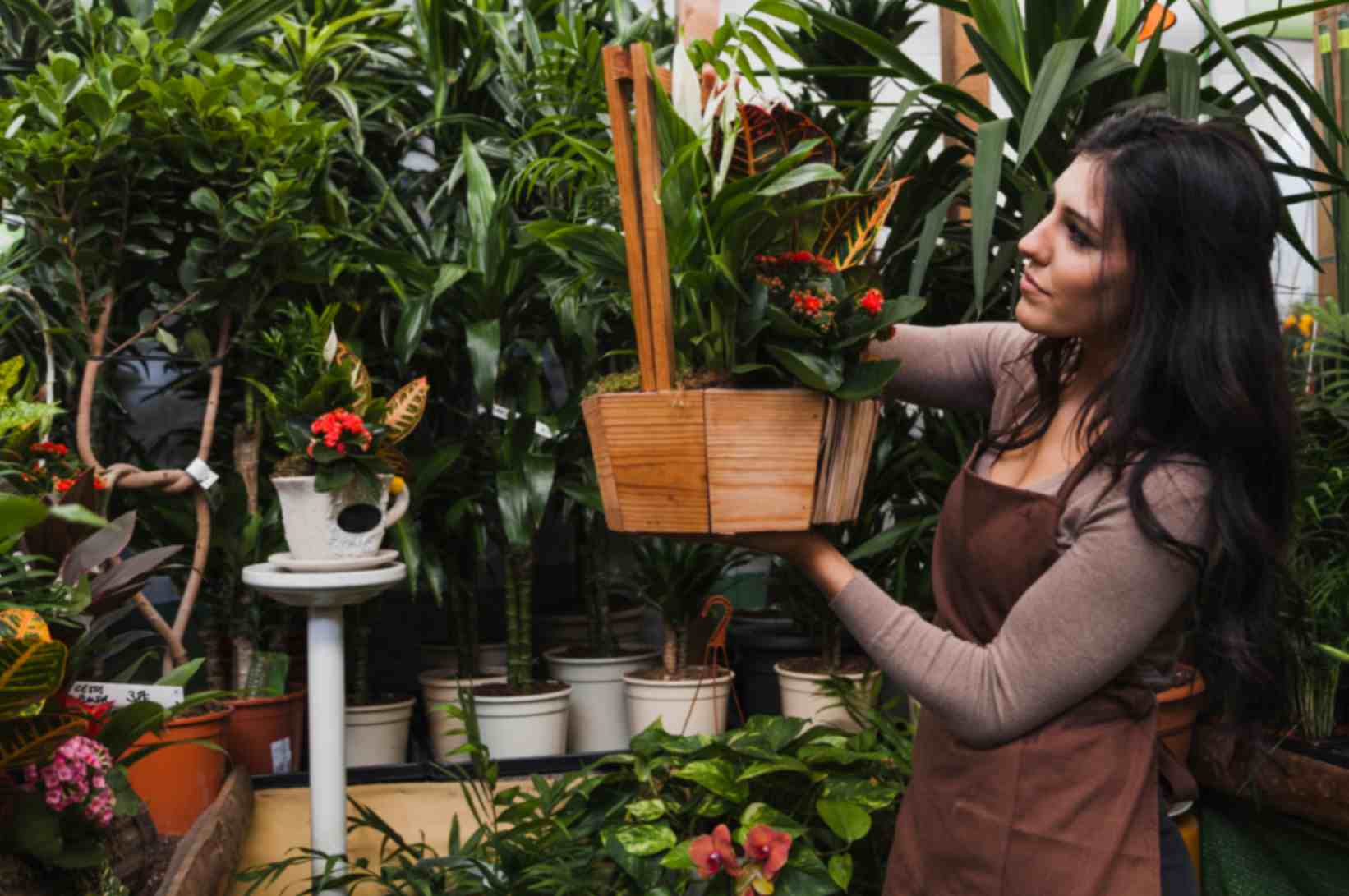
Introduction
In taking care of houses and gardens, nutrients are vital. They ensure the health of plants and a good home environment. Knowing these key nutrients can help you grow better. It can also help you maintain your house and garden well. Let’s delve into the top 10 house and garden nutrients you need to know about.
House & Garden (H&G): Your Plant Food Powerhouse
- H&G is a top plant nutrient company. They are dedicated to making your gardening journey successful, fun, and – dare we say – easy! Founded by a family passionate about horticulture, H&G boasts a rich history (dating back to 1990!) of crafting top-notch fertilizers used by both hobbyists and professionals worldwide.
Why Choose H&G Nutrients? Let's break it down in easy words
- You can trust H&G for quality. They prioritize good ingredients and careful manufacturing. They do this to ensure your plants get the best nourishment.
- Variety for All Needs: H&G offers base nutrients for growth and flowering. They also offer targeted additives for specific needs. These needs include root development and stress resilience. Their range suits any plant’s requirements.
- Simple & Effective: The designers of H&G fertilizers made them easy to use. The instructions are clear. The schedules are easy to find. This makes it easy to give your plants the right nutrients at the right time.
- Innovation is at Heart. H&G’s team of scientists is always researching. They develop new formulas to stay at the forefront of plant nutrition.
1. Nitrogen
- Nitrogen is essential for promoting leafy, green boom in flowers.
- It complements photosynthesis and aids within the production of proteins.
- Examples of nitrogen-rich fertilizers include ammonium nitrate and urea.
2. Phosphorus
- Phosphorus is essential for root development and flower/fruit production.
- It helps in energy transfer within plants and contributes to seed formation.
- Bone meal and superphosphate are common sources of phosphorus.
3. Potassium
- Potassium plays a role in overall plant health and disease resistance.
- It regulates water uptake and nutrient movement within plants.
- Banana peels and wood ash are natural sources of potassium
4. Calcium
- Calcium strengthens cell walls, reducing the risk of diseases and disorders.
- It facilitates nutrient uptake and enzyme activity in plants
5. Magnesium
- Magnesium is a component of chlorophyll, essential for photosynthesis.
- It aids in nutrient transport within plants and enzyme activation.
- Epsom salt is a readily available source of magnesium for plants
6. Sulfur
- Sulfur is necessary for the formation of amino acids and proteins in plants.
- It contributes to root development and disease resistance.
- Elemental sulfur and gypsum are sources of sulfur for plants
7. Iron
- Iron is crucial for chlorophyll production and photosynthesis.
- It aids in enzyme functions and energy transfer within plants.
- Chelated iron supplements are commonly used to address iron deficiencies in plants.
8. Manganese
- Manganese is essential for nitrogen metabolism and enzyme activation.
- It plays a role in photosynthesis and root growth in plants.
- Manganese sulfate is a common supplement for manganese-deficient plants
9. Zinc
- Zinc regulates hormone levels and promotes overall plant growth.
- It aids in enzyme activation and protein synthesis.
- Zinc sulfate and zinc chelates are used to address zinc deficiencies in plants
10. Boron
- Boron is critical for cell wall formation and pollination in plants.
- It enhances calcium uptake and seed development.
- Borax and boric acid are common sources of boron for plants.
Choosing the Right Nutrients for Your Plants
- Different plant life have various nutrient necessities. It’s critical to apprehend the unique desires of your plant life to offer the right stability of nutrients. Here are some trendy tips

Vegetables
- Vegetable vegetation need lots of nitrogen for leafy boom. They also need phosphorus for roots and potassium for health. A balanced fertilizer, such as a ten-10-10 (N-P-K) ratio, can be an awesome starting point. However, a few veggies, like tomatoes, may additionally need more potassium in the course of fruiting.
Flowers
- Flowering flora typically want greater phosphorus to inspire blooming. A fertilizer with a better center number, along with five-10-5, can promote vibrant plant life. Additionally, magnesium is crucial for flower coloration and need to no longer be omitted.
Houseplants
- Houseplants need balanced nutrients. But, they need them in decrease amounts than lawn flowers. Use liquid fertilizer for houseplants. Follow the label instructions. It can assist hold them wholesome. Be aware of over-fertilizing, as it could cause nutrient burn and damage the plant.
Organic vs. Synthetic Nutrients
- Gardeners regularly debate the deserves of organic as opposed to synthetic nutrients. Each has its advantages and considerations:
Organic Nutrients
- Organic vitamins come from natural resources. These encompass compost, manure, bone meal, and fish emulsion. They enhance soil shape. They assist correct microorganisms and slowly release vitamins. However, they can be much less predictable in nutrient content material and availability.
Synthetic Nutrients
Synthetic vitamins are guy-made and designed to provide particular quantities of vitamins speedy. They are distinctly powerful and offer immediately consequences. However, they are able to cause nutrient construct-up and soil imbalances if not used successfully. They also do now not contribute to soil fitness in the same manner natural nutrients do.
Conclusion
The top 10 house and garden nutrients are important. Knowing their significance can help you care for your plants well and keep a healthy home. Adding these nutrients to your house and garden care will make strong, healthy plants. It will also build a thriving ecosystem. Use the power of these key nutrients. See your house and garden bloom with life!

